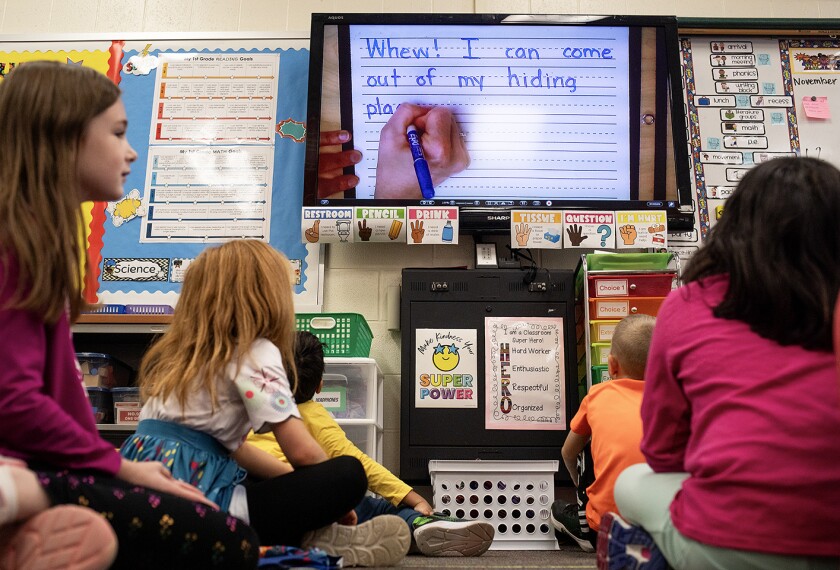Digital learning consultant and instructor
The College of William and Mary
Williamsburg, Virginia
See the related Best Practices columns:
Students need 21st-century skills to succeed in our rapidly transforming society. They must also perform well on high-stakes tests. How can teachers meet both agendas?
Technology provides the perfect medium for children to build their learning experiences, construct meaning, work in teams, create products, and solve content-based problems as they improve higher-order thinking skills. Many teachers using digital media and Web-based tools are discovering we can have rigor without sacrificing excitement. The secret: Focus on the learning, not the machines and software.
While teaching at W.T. Cooke Elementary in Virginia a few years back, my colleague Becky Thomas and I chose a project-based approach for 4th graders’ exploration of antebellum plantations. We identified standards, objectives, and the necessary digital tools.
“A Mystery Adventure on a James River Plantation” integrated research, writing skills, social studies, and technology use—not to mention pirates and hidden treasure!
Student teams selected plantations, gathered information from Web articles, and chose real-life plantation figures to profile. They incorporated all this into fictional stories featuring ghosts based on their characters. To jump-start the kids, Becky provided a spooky opening and told them to include a treasure hunt in the plot.
They were guided by a detailed worksheet, but they had to finish the stories in a specified amount of time—a relatively advanced skill for this age group. Along the way, they sharpened their Web-searching and word processing skills.
Typically, students answer questions to show understanding of material. In this project they wrote imaginative stories after analyzing their own research. It was the ideal mix of creativity and standards-driven methodology.




